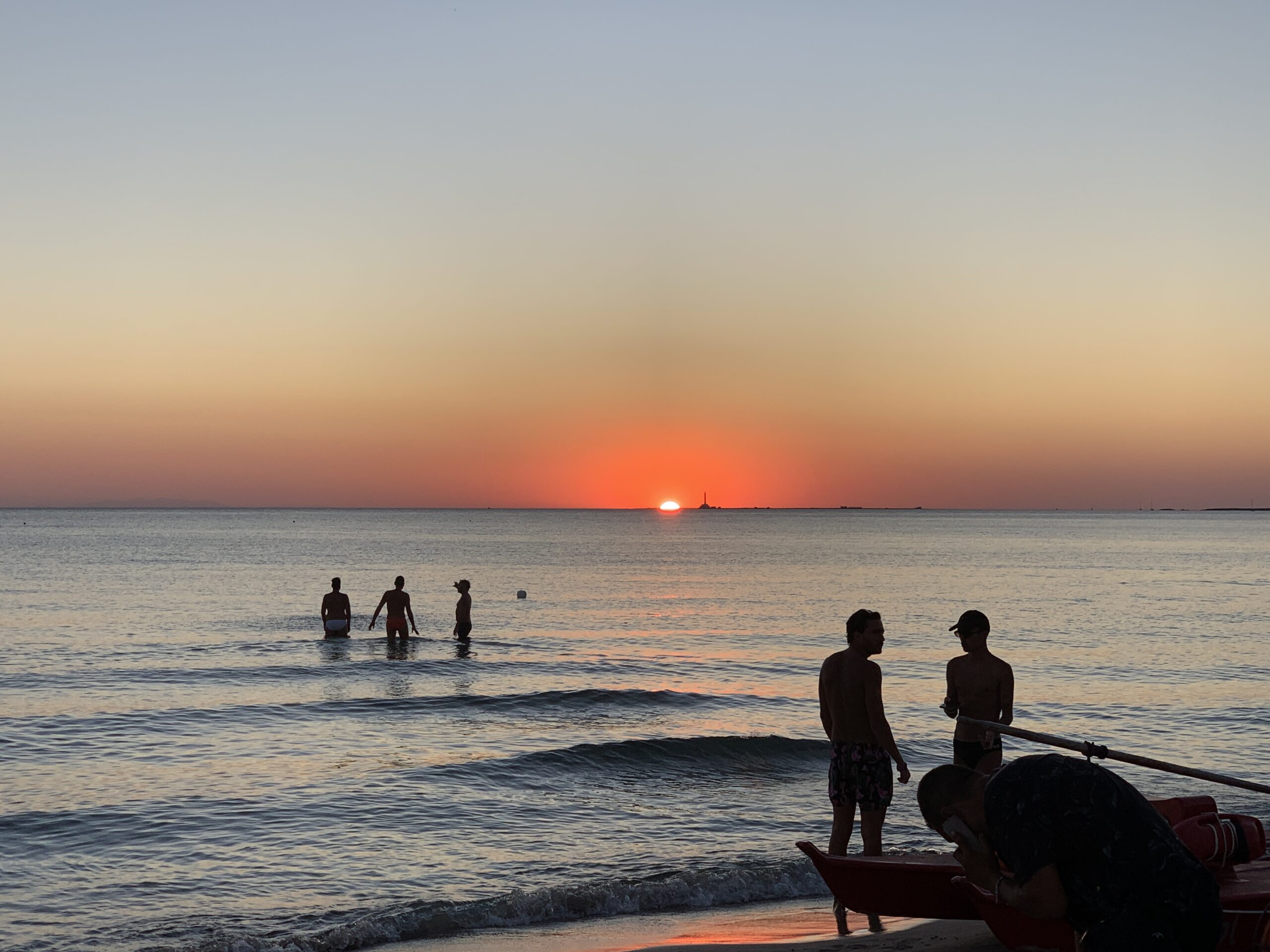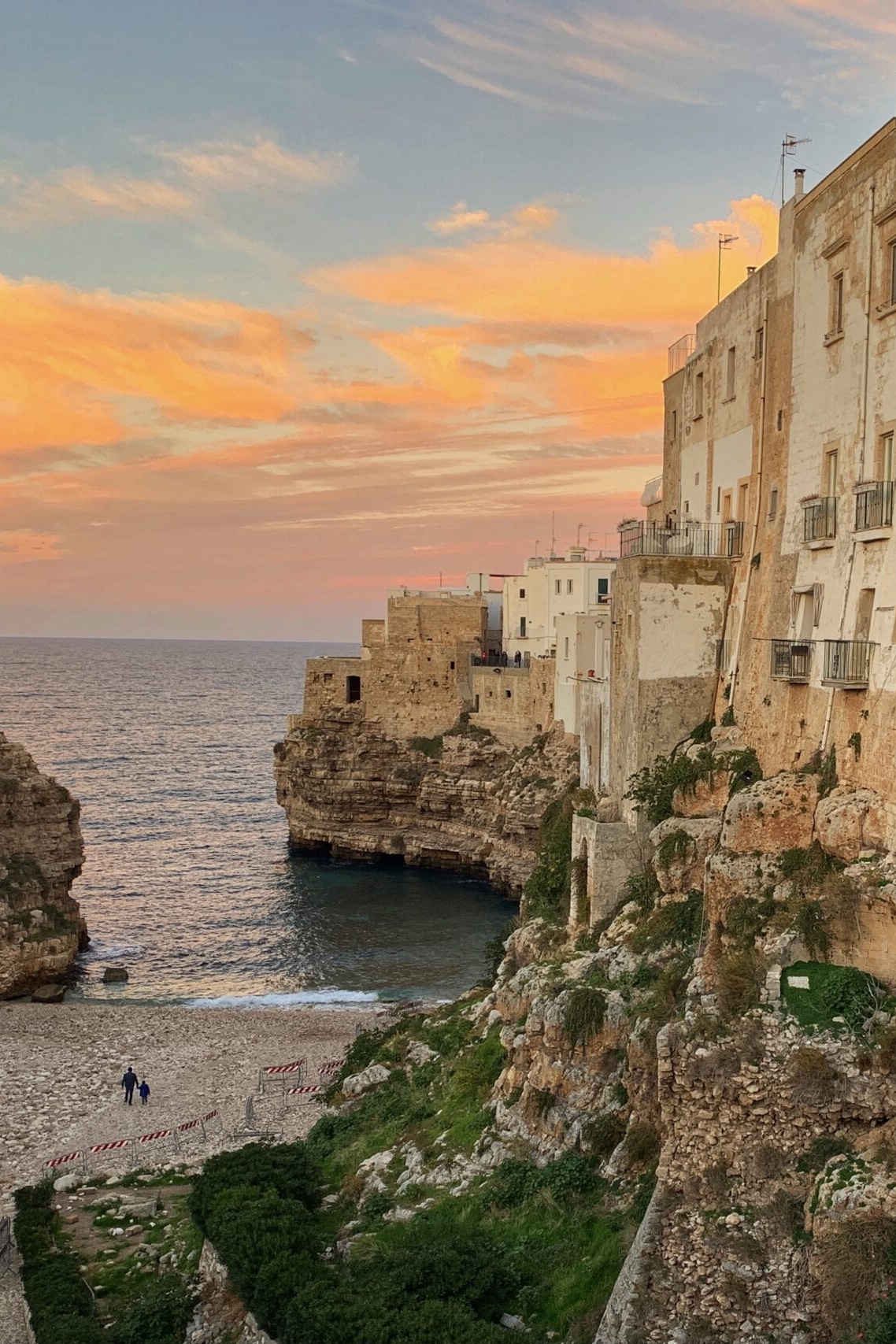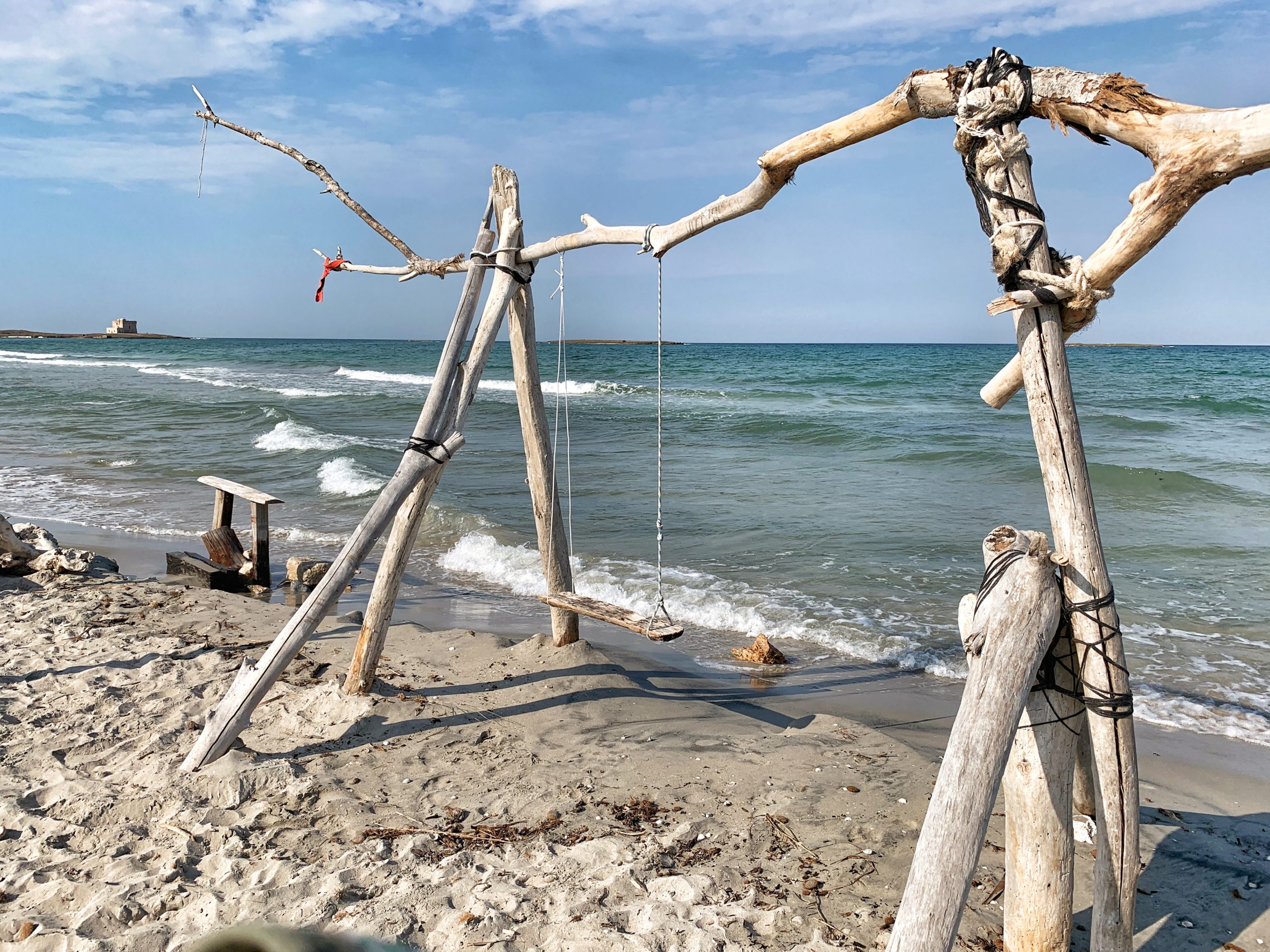We are often asked for travel advice and information by visitors and those planning trips to our region.
If you have something to ask to help with planning your holiday to Puglia email us. Don’t forget to follow us on Instagram.
This one comes via Twitter, from The Wanderer.

THE QUESTION:
“There’s a breeze at Salento beaches, particularly near Gallipoli, not so much on the east coast, which made the east coast intolerably hot when I was there. Is that normally the case?”


Our Answer:
We have a saying to describe Salento: lu sule, lu mare, lu ientu (the sun, the sea, the wind).
Let’s start with the science
Understanding why the wind blows inland from the sea towards the land is a breeze.
The temperature differences between the sea and nearby land and the resulting contrast of high air pressure over the water and low pressure over the land causes the sea breeze to blow. That’s why there is often more wind in the afternoon when the land is at maximum heating from the sun and in the spring and summer months when the temperature differences are greater.
During the day, the sun heats up the water surface and the land. Both absorb the sun’s energy. However, water heats up much more slowly than land. The air above the land will be much warmer compared to the air over the ocean.
The warm air over the land will rise throughout the day, causing low pressure at the surface. Over the sea, high surface pressure will form because of the colder air. To compensate, the air will sink over the sea. This causes the wind to blow.
The sea breeze strength will vary depending on the temperature difference between the land and the ocean.
At night, this switches. The air over the sea is warmer than over the land. The land loses heat quickly after the sun goes down and the air above it cools. The sea holds onto its heat. The low surface pressure now sits over the sea during the night and the high surface pressure moves over the land.
This causes a small temperature gradient between the sea surface and the nearby and the wind will blow from the land to the ocean creating the land breeze.
OK, so what about Puglia?
On the Salento peninsula winds blow from north, the east and even the south off the Adriatic Sea and westerly (as also from the south and sometimes the south west) off the Ionian Sea. This causes sea breezes to converge towards the central part of the peninsula. The air rises, forming clouds, precipitation, and potentially, thunderstorms. In summer we see them regularly hanging over Oria.
During those summer months the winds blowing from the south bring wet heat and cause big waves to break along the Ionian coast. The Sirocco visits from Africa, bringing warm wind and sometimes even Saharan dust.
The Tramontane, a cool and dry wind from the Alps is a frequent visitor. From the Balkans we are visited by the Grecale blowing from the north east.
On the whole the Salento peninsula is a flat area. Without mountains, there are no barriers to prevent the visiting wins from blowing.
And the humidity?
Inland areas warm up greatly during the afternoon while the sun is shining down, but they also cool down quickly at night after sunset.
More water vapour exists in the air around locations near the sea which absorb much of the moisture from the surrounding water. These locations will warm up during the day, but will remain cooler in comparison to other locations farther inland and will keep the temperature at a comfortable level.
During winter, the locations near the sea will remain milder than surrounding inland areas. During the summer, the sea breezes keep these locations cooler than other locations farther inland.
More | read the BIG Guide to Puglia’s weather



